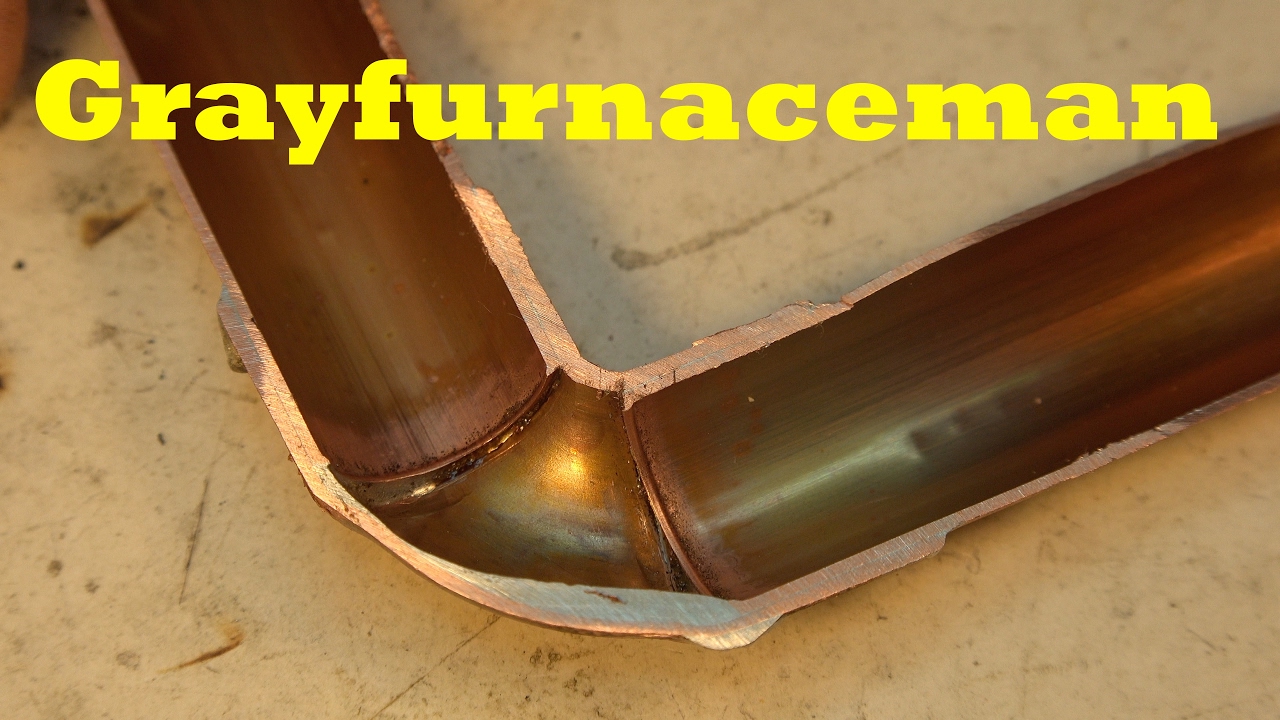- Jun 13, 2000
- 26,389
- 1,778
- 126
I hate soldering copper pipe....it sucks when you spin your wheels getting the pipe dry, solder a fitting (while trying not to burn your house down)...then you turn the water on to see a very slow leak form. (like 1 drip every 5-10 minutes) I had a leak in a copper elbow the other day that fed one of my toilets, so I cut that section of pipe out and put on a 1/2" copper to PEX nipple. I got it all hooked back up and then saw the drip form.
I'm trying to rough in a new bathroom on the other end of the house and I also seem to have trouble gluing PVC connections. I was leak testing my vent lines and found 3-4 drips in various fittings. I think the connections broke loose while I was trying to strap them and get them away from studs... I'm also wondering if I had a bad batch of cement or just never got the pipe to seat right. I wish they made a slower curing PVC cement. In some cases, I'd like to have more time for piecing together some pipes/fittings and that seems to be my biggest challenge when doing rough plumbing....I don't have a lot of room to maneuver some of these pipes and it just creates opportunities for bad joints.
Thanks for listening....next time around, I'm just going to call a professional for the whole job so I don't spin my wheels so much. This stage of the game is pretty brutal having to test vent pipes to the roof and fill the whole system with water. In most cases, the pipes aren't designed for that kind of loading (like drains and bathtub overflows).
I'm trying to rough in a new bathroom on the other end of the house and I also seem to have trouble gluing PVC connections. I was leak testing my vent lines and found 3-4 drips in various fittings. I think the connections broke loose while I was trying to strap them and get them away from studs... I'm also wondering if I had a bad batch of cement or just never got the pipe to seat right. I wish they made a slower curing PVC cement. In some cases, I'd like to have more time for piecing together some pipes/fittings and that seems to be my biggest challenge when doing rough plumbing....I don't have a lot of room to maneuver some of these pipes and it just creates opportunities for bad joints.
Thanks for listening....next time around, I'm just going to call a professional for the whole job so I don't spin my wheels so much. This stage of the game is pretty brutal having to test vent pipes to the roof and fill the whole system with water. In most cases, the pipes aren't designed for that kind of loading (like drains and bathtub overflows).



